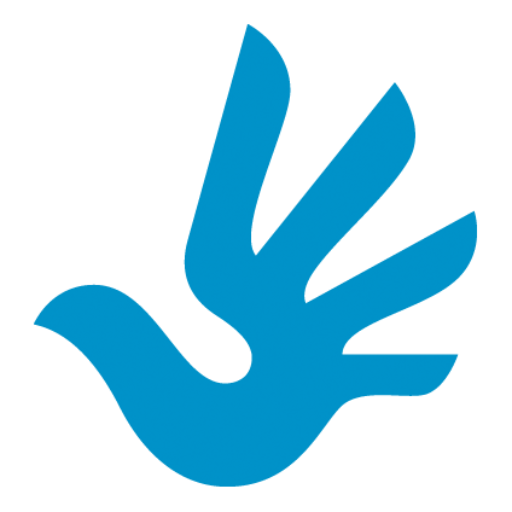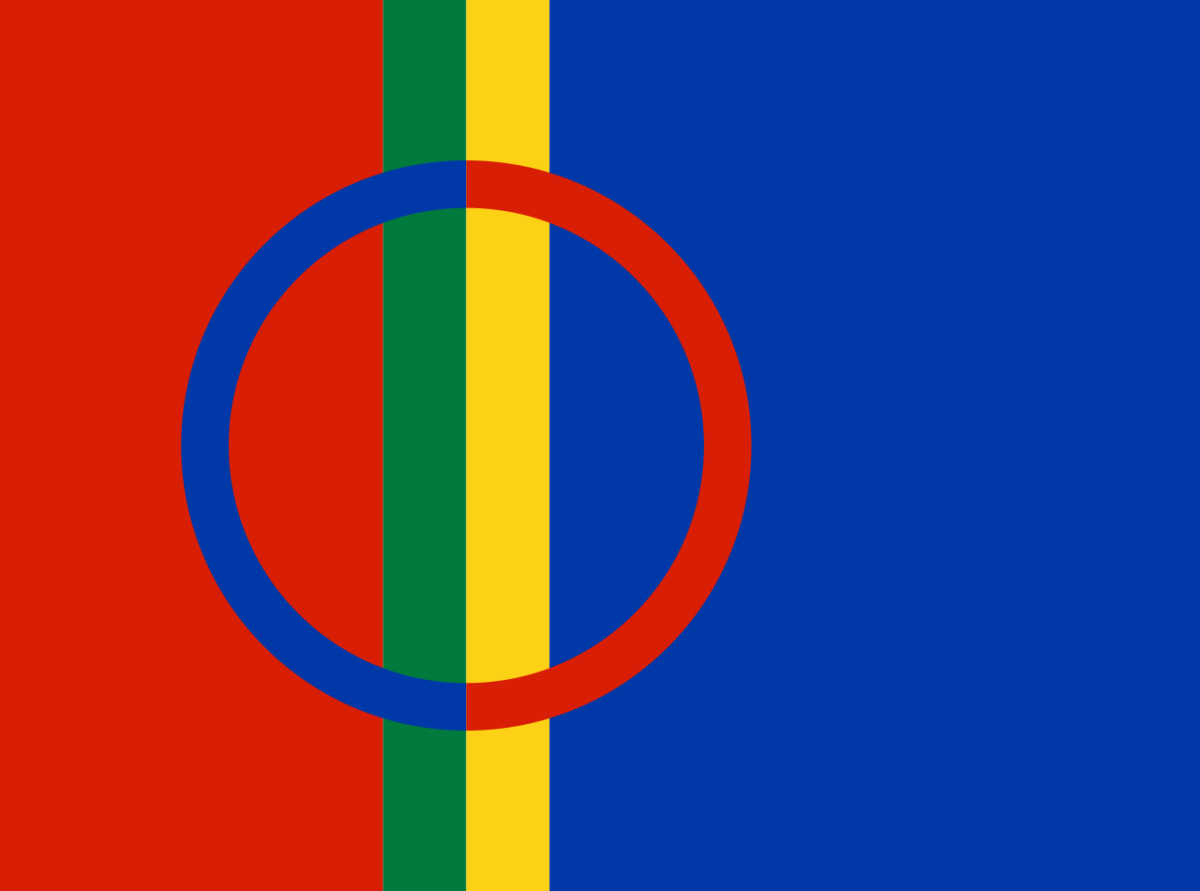Theme: Restitution
Art exhibition: TIME TRAVEL 26 JANUARY – FEBRUARY 24, 2019
“The travelling exhibition Áigemátki, or Tidsresa, covers Sami contemporary art and is created by the Sámi artists’, which aims to increase knowledge of Sami contemporary art and Sami culture.
The exhibition includes various works by Sami artists who are resident in Sweden, Norway and Finland, and marks the start of a cultural and political redress for the Sami. The art reflects the conditions and feelings created by the development of Sápmi over the past 100 years, with a focus on future Sápmi.
Participating artists are: Victoria Andersson, Tomas Colbengtson, Monica Edmondson, Bente Geving, Annelise Josefsen, Per Isak Juuso, Inger Blix Kvammen, Britta Marakatt Labba, Mathis Nango, Hege Annestad Nilsen, Hilde Skancke Pedersen, Synnøve Persen, Outi Pieski, Gjert Rognli, , Maret Anne Sara, Odd Marakatt Sivertsen, Lena Stenberg, Anders Sunna, Liselotte Wajstedt and Eva Delving Wiklund. ”
LOCATION: Edsvikens Konsthall
https://www.edsvik.com/tidsresan/
The Art School about The Human Rights classifies this fine exhibition as very important for the Human Rights.
EXHIBITION: Let the river live. The will to self-determination and a new worldliness.5.2-22.4 2019
“The Sami artists played a prominent role in the dramatic Alta conflict (1978 – 1982) in northern Norway. Under the slogan “Let the river live!” Protests were mobilized against a devastating conversion of the Alta river. The action emerged on the basis of a broad solidarity movement – both Sami and Norwegian and international. The exhibition presents some forty artists’ works.
Artists Jon Ole Andersen, Áillohaš / Nils-Aslak Valkeapää, Maria Thereza Alves, Jimmie Durham, Elle Márjá Eira, Mai-Lis Eira, Aage Gaup, Trygve Lund Guttormsen, Josef Halse, Geir Tore Holm and Søssa Jørgensen, Rose-Marie Huuva, Berit Marit Hætta, Susanne Hætta, Iver Jåks, Keviselie / Hans Ragnar Mathisen, Britta Marakatt-Labba, Joar Nango and Tanya Busse, Rannveig Persen, Synnøve Persen, Máret Ánne Sara, Arvid Sveen, Catarina Utsi, Elin Már Øyen.
The exhibition, which was produced by the Office for Contemporary Art in Oslo, where it was also shown last year, presents some forty artists’ work with links to the action. ”
LOCATION: Tensta Konsthall
http://www.tenstakonsthall.se/?lt-lven-leva-viljan-till-sjlvbestmmande-och-en-ny-vrldslighet-
Sweden has not signed up, ratified the Convention on Indigenous Peoples and Tribal People. Source Swedish Wikipedia
https://sv.wikipedia.org/wiki/Konventionen_om_ursprungsfolk_och_stamfolk
“The Sámi National Day has been celebrated since 1992 on February 6 to commemorate the memory of the first Sami congress that took place on this day in 1917 in Trondheim. [2] The decision on the Sami national day was taken at the 15th Sámi conference in Helsinki. The Sami National Day is celebrated throughout Sameland. February 6 is a flag day and in Sweden many municipalities in the Sami areas flag with both the Sami and the Swedish flag. [3] In Norway, the day was announced for a general flag day for 2004. [4]
The Sami Conference’s decision 1992 [2] was formulated on the North Sami and contained the term “sámi álbmotbeaivi”, which translated into Swedish becomes “the Sami national day”. The day was celebrated for the first time in 1993. [2]
The Sámi National Day s for all the Sami, regardless of where they live and on that day the Sami flag is to be raised and Sámi soga lávlla (Sami people’s song) is sung in Sami. The Sami National Day can be celebrated with cake and jojk. [5] [6] The Google search engine drew attention to the 2010 Sami National Day by having a Sami theme on its logo. ”
Source: Swedish Wikipedia, National Sami Day: https://en.wikipedia.org/wiki/Community_NationalDay
In English: https://en.wikipedia.org/wiki/S%C3%A1mi_National_Day
“Sami (Northern Sami sage or siamelaččat, “lappar”obsolete name patchwork in Sweden and Finland as well as find in Norway) is the indigenous population in Sameland (Sápmi), a non-well-defined area in northern Norway, Sweden and Finland and on the Kola Peninsula in Russia.
The number of Sami is estimated to be between 80,000 and 100,000. Of these, 50,000-65,000 live in Norway, 20,000-40,000 in Sweden, about 8,000 in Finland and about 2,000 in Russia. [1]
The Sami have a largely common culture and many lived seminomadically or nomadically until the beginning of the 20th century. There are about ten Sami languages or varieties, which belong to the Finnish-Ugric languages, which are part of the Uralic language family. An ancient Sami developed – probably with a Sami-Finnish origin – for some 2,000 to 2 500 years ago. [2] It is also from that time that contemporary researchers consider it meaningful to talk about a Sami ethnicity or culture. [
The Sami are a national minority in Norway, Sweden [4] and Finland. Sami varieties have status as minority languages in Sweden and parts of Finland and Norway, and are official languages in 19 Swedish so-called management municipalities for Sami as minority languages. [5] [6] The Sami have been recognized as an indigenous people in Sweden, Norway and Finland. Norway has also ratified the Convention on Indigenous Peoples and Tribal People.
Independent Sámi (Parliament where the Sámi has voting rights) which has been established by and recognized by the country’s government is located in Norway since 1989, Sweden since 1993 and Finland since 1996, while the Sámediggi in Russia, formed on its own initiative in 2010, has not yet been recognized by the country’s government. [7] ”
Source: Swedish Wikipedia Samer
https://sv.wikipedia.org/wiki/Samer
In English: https://en.wikipedia.org/wiki/S%C3%A1mi_people
“Indigenous peoples, also known as first peoples, aboriginal peoples or native peoples, are ethnic groups who are the original settlers of a given region, in contrast to groups that have settled, occupied or colonized the area more recently”
https://en.wikipedia.org/wiki/Indigenous_peoples
“The common flag is from 1986. Then it was approved by the Nordic Sami Council at a conference in Åre. The flag is designed by Astrid Båhl from Skibotn, Norway and neither colors nor symbols are any coincidence.
The circle is a symbol of both the sun and the moon. The ring is red and the moon ring is blue. The colors of the flag, red, blue, green and yellow come from the traditional Sami suit, the cold. ”
Source: Samer.se
http://www.samer.se/1146

